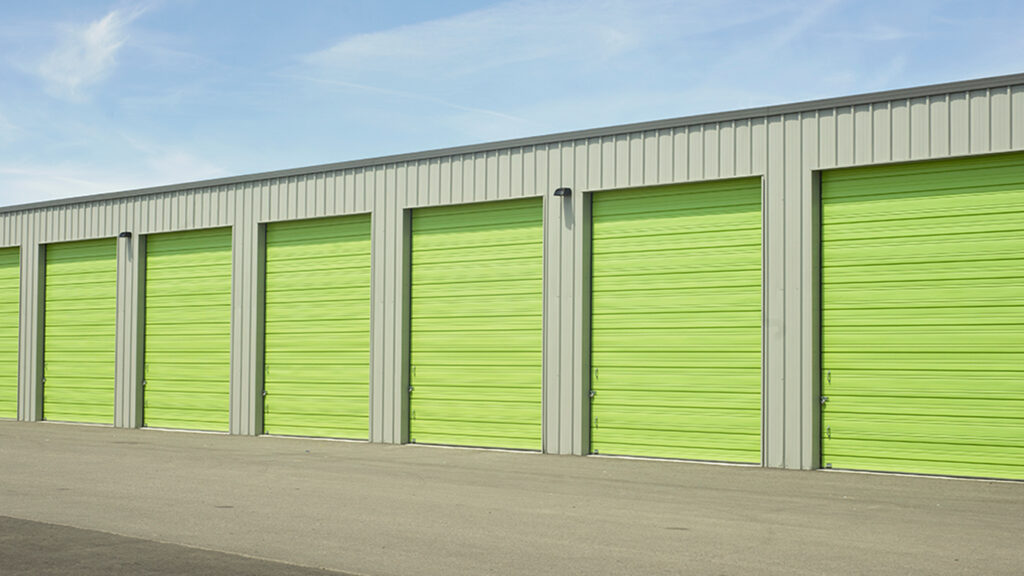When self-storage owners contemplate ways to increase revenue and protect their investment without incurring additional overhead, offering tenant insurance or a tenant-protection plan becomes a viable solution. While these products differ, deciding between them requires careful consideration of several critical factors. Regardless of the chosen plan, understanding the significance tenants place on their belongings and the potential impact of loss or damage is crucial.
 TJ Wind
TJ Wind
“To mitigate these risks, a well-structured lease and addendum can transfer or assume the risk for tenants’ property in exchange for a monthly premium or fee.”
In many rental agreements, self-storage operators traditionally hold tenants fully responsible for any damage or loss to their stored goods, requiring them to secure their insurance coverage. However, this approach can be challenging to defend in court and may prove costly in the event of a significant loss, potentially damaging the business’s reputation and future earnings. To mitigate these risks, a well-structured lease and addendum can transfer or assume the risk for tenants’ property in exchange for a monthly premium or fee. Tenant insurance or protection plans offer numerous benefits to self-storage owners:
- Protection for tenants’ belongings: These plans ensure that tenants’ stored items are covered against damages or losses, eliminating the need for homeowners’ or renters’ insurance policies.
- Profit potential: Tenant insurance plans generate commissions, while tenant-protection plans earn administration fees. Both contribute to positive cash flow for the self-storage facility.
- Reduced general liability: By providing these insurance or protection options, self-storage facilities can enhance their level of service to customers and minimize their overall liability exposure.
- Reputation management: In an era where a negative review can significantly impact a company, these products help guarantee customer satisfaction in the event of a tenant loss.
Understanding qualifications and compliance is vital when choosing between tenant insurance and a tenant-protection plan. Tenant insurance requires an agent or producer license, while a tenant-protection plan is a three-party contract involving the tenant, facility operator, and an insurance policy provider. Pricing structures differ, with insurance rates complying with state guidelines and protection plan fees determined by the operator. Effective sales involve communication, informative materials, staff training, and highlighting advantages.
Both tenant insurance and protection plans offer profit potential for self-storage operators. Commissions for insurance are based on filed rates, while operator-adjusted fees provide additional profit for protection plans. Ongoing costs include training, licensing, and coverage for errors and omissions. Some insurance programs may require upfront deposits, and protection programs may involve setup fees or self-insurance deposits.
Choosing the right provider is critical for excellent customer service and claims handling. Operators should research claims-paying records, financial strength, seek recommendations, and review policy terms or lease addendums.



 Nancy Caniff
Nancy Caniff
 Justin Butler
Justin Butler
 Alex Conley
Alex Conley